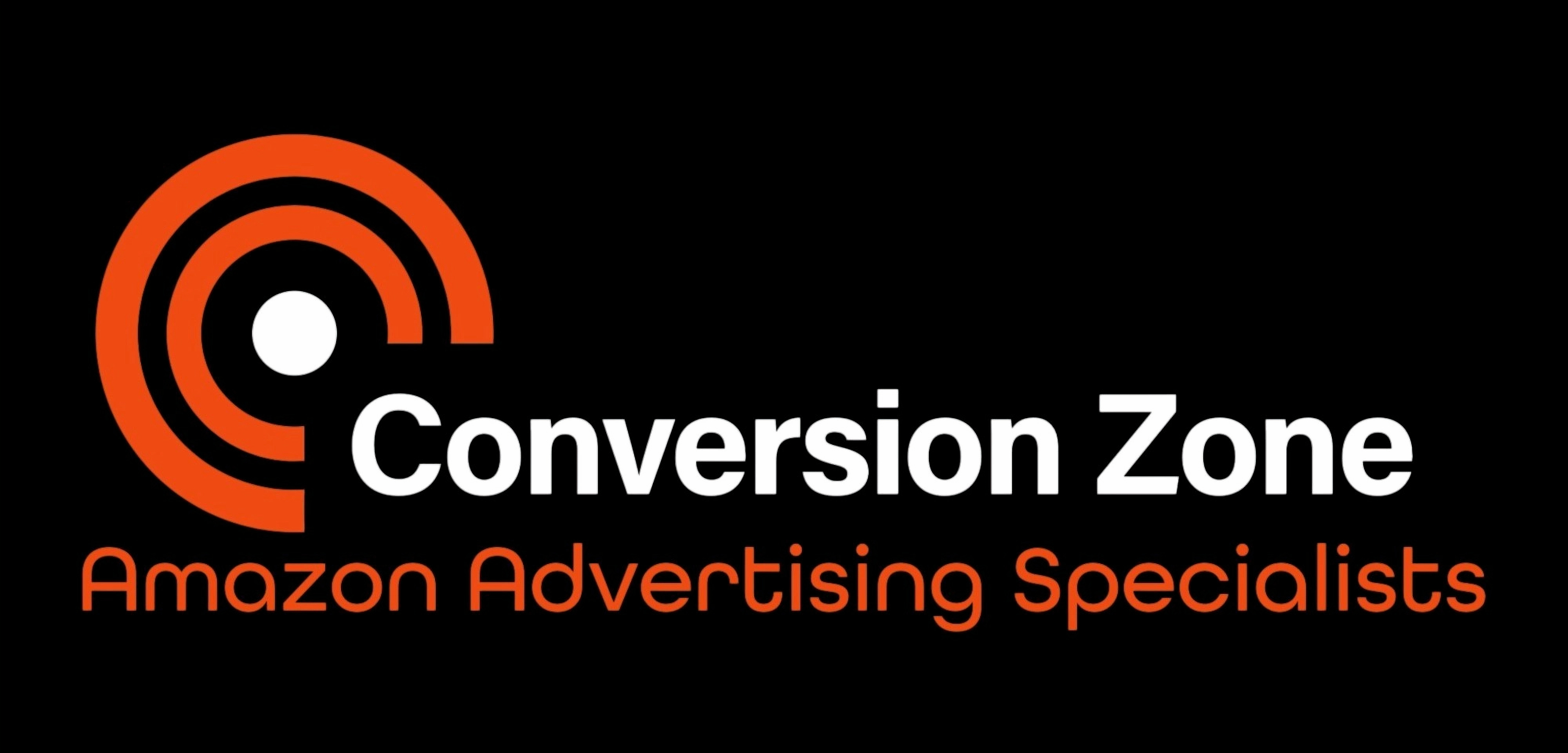Mastering Amazon PPC Management for Optimal Results
- edmas28
- Oct 23
- 4 min read
If you want to boost your product visibility and sales on Amazon, mastering Amazon PPC optimization is a must. Pay-per-click advertising on Amazon can be a game-changer when done right. But it’s not just about throwing money at ads and hoping for the best. It’s about strategy, data, and constant tweaking. I’ve spent years refining my approach, and I’m here to share the secrets that will help you get the most out of your ad spend.
Let’s dive into how you can take control of your Amazon PPC campaigns and turn clicks into conversions.
Why Amazon PPC Optimization Matters
Amazon is a crowded marketplace. Millions of products compete for attention every day. Without a solid PPC strategy, your listings might get lost in the noise. Optimising your PPC campaigns means you’re not just spending money—you’re investing it wisely.
Here’s why it’s crucial:
Increased visibility: Ads push your products to the top of search results and product pages.
Better sales: More eyeballs on your listings mean more chances to convert.
Improved organic ranking: PPC success can boost your organic search rankings over time.
Control over budget: Optimisation helps you spend smarter, not harder.
Think of PPC as your megaphone in the Amazon marketplace. The better you tune it, the louder and clearer your message becomes.

Key Strategies for Effective Amazon PPC Optimization
Optimising Amazon PPC isn’t a one-time task. It’s a continuous process that involves testing, analysing, and adjusting. Here are some proven strategies to get you started:
1. Choose the Right Keywords
Keywords are the foundation of your campaigns. Use tools like Amazon’s own search term report, Helium 10, or Jungle Scout to find high-converting keywords. Focus on:
Relevance: Pick keywords that match your product exactly.
Search volume: Target keywords that shoppers actually use.
Competition: Balance between high-volume and less competitive keywords.
Don’t forget to include long-tail keywords. They might have lower search volume but often convert better because they’re more specific.
2. Structure Your Campaigns Smartly
Organise your campaigns by product category, match type, or goal. For example:
Automatic campaigns: Let Amazon find relevant keywords for you.
Manual campaigns: Target specific keywords you’ve researched.
Product targeting: Target competitor products or complementary items.
Keep your campaigns segmented. This makes it easier to track performance and optimise bids.
3. Use Negative Keywords
Negative keywords prevent your ads from showing on irrelevant searches. This saves budget and improves your click-through rate (CTR). Regularly review your search term reports and add irrelevant or low-performing terms as negatives.
4. Optimise Your Bids
Don’t set and forget your bids. Adjust them based on performance:
Increase bids on high-converting keywords.
Lower bids or pause keywords that drain budget without results.
Use dynamic bidding strategies if available.
5. Monitor and Analyse Performance
Track key metrics like:
ACoS (Advertising Cost of Sale): How much you spend to make a sale.
CTR (Click-Through Rate): How often people click your ad.
Conversion rate: How many clicks turn into sales.
Use this data to refine your campaigns weekly or bi-weekly.

How does Amazon PPC work?
Amazon PPC is a pay-per-click advertising model where you bid on keywords or product placements. When a shopper searches for a keyword you’ve targeted, your ad may appear in the search results or on product detail pages. You only pay when someone clicks your ad.
Here’s a quick breakdown:
Bidding: You set a maximum bid for each keyword or product target.
Ad placement: Amazon uses an auction system to decide which ads show and where.
Cost: You pay the actual cost per click, which can be less than your max bid.
Ad types: Sponsored Products, Sponsored Brands, and Sponsored Display.
Sponsored Products are the most common and effective for most sellers. They appear right in the search results and on product pages, making them highly visible.
Understanding this system helps you craft smarter bids and target the right audience.

Tips for Scaling Your Amazon PPC Campaigns
Once you’ve nailed the basics, it’s time to scale. Here’s how to grow your campaigns without wasting budget:
Expand keyword lists: Use successful keywords to find related terms.
Test new ad types: Try Sponsored Brands or Sponsored Display to reach more shoppers.
Increase budgets gradually: Don’t double your budget overnight. Scale in increments.
Leverage automation tools: Use software to automate bid adjustments and reporting.
Focus on high-performing products: Put more ad spend behind your best sellers.
Scaling is about smart growth, not reckless spending. Keep an eye on your ACoS and ROI as you expand.
Why Partnering with Experts Can Boost Your Success
Managing Amazon PPC campaigns can be complex and time-consuming. That’s why many sellers turn to professionals for help. A trusted partner can:
Provide expert insights and strategies.
Save you time with campaign management.
Help you stay ahead of Amazon’s changing algorithms.
Maximise your return on ad spend.
If you want to take your Amazon advertising to the next level, consider working with a team that specialises ininfo@conversion-zone.com.
They can tailor campaigns to your unique goals and market.
Keep Testing and Learning
The Amazon marketplace evolves constantly. What works today might not work tomorrow. The key to mastering Amazon PPC optimisation is to keep testing new ideas, analysing results, and learning from your data.
Run A/B tests on ad copy and images.
Experiment with different bidding strategies.
Monitor competitor activity.
Stay updated on Amazon’s advertising features.
By staying proactive, you’ll keep your campaigns fresh and effective.
Mastering Amazon PPC optimisation is a journey, not a destination. With the right approach, you can turn your ad spend into a powerful engine for growth. Start small, stay focused, and watch your sales soar.




Comments